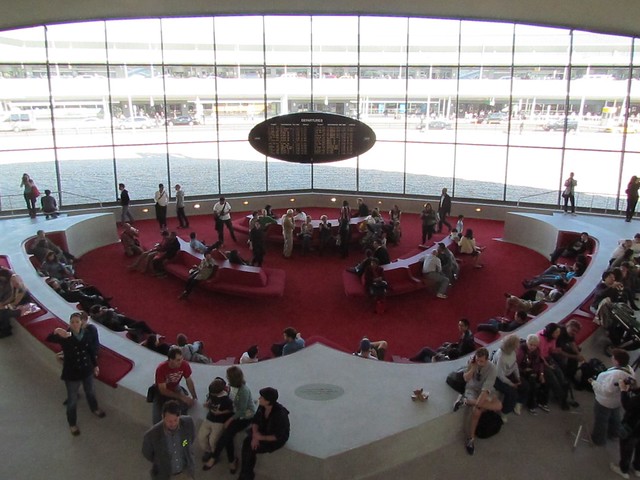In two days, Jay Walder will depart from his position atop the MTA and begin to prepare for his lucrative move to Hong Kong. Gov. Andrew Cuomo, then, will become front and center in the debate over transit. He will have to own up to the impact of making his own choice for head of the MTA and can no longer fall back on the idea that Walder was someone else’s choice and the MTA someone else’s problem. With rumors of Joseph Lhota’s impending nomination swirling, Cuomo has yet to make an official announcement, but that likely could come before Friday.
Once Cuomo does name names, all eyes in the transit community will shift to that person. We’ll inspect the process behind his nomination, his credentials and his plans for an agency eternally mired in an economic crisis. To that end, Gene Russianoff, head of the Straphanagers Campaign and a member of the search committee tasked with finding candidates to lead the MTA, has some ideas for Jay Walder’s eventual replacement. Ride the system, know the riders and their concerns and be an advocate for them, he says in a column in today’s Daily News. It’s obvious advice, but past heads have no always heeded such a call.
Beyond the need to restore customer relations as a priority at the MTA, Russianoff also urges the next MTA head to wade into the explosive politics surrounding transportation. The next MTA head needs to work with unions to smooth over rocky relationships while improving efficiency, and the person Cuomo names should urge the Governor to sign the Transit Lockbox Bill. Reducing borrowing while further improving transparency are on the list as well. It’s tough to argue with Gene’s list, and now we wait to find out if the next MTA Chair and CEO is up to the task.












 (Overnights)
(Overnights)







 (42nd Street Shuttle)
(42nd Street Shuttle)